Cochlear Implants Are A Mechanical Means Of Reproducing Which Function Of The Auditory System?
Cochlear implants are a mechanical means of reproducing which function of the auditory system?. The tonotopic map created by the spiral of the cochlea enables people to interpret a vast amount of different sounds simultaneously through vibrations carried from the perilymph to the endolymph in the cochlear duct. The role of auditory ossicles is complete when the vibrational input is passed to the cochlea through the oval window the opening between the middle and the inner ear. Eat vegetables while she is pregnant and nursing Callie is pregnant.
A cochlear implant system like the industry-leading Cochlear Nucleus System has two parts. Their auditory nerve is stimulated by a series of implanted electrodes. The cochlea is a coiled sensory structure in the inner ear that plays a fundamental role in hearing.
Cochlear implants can deliver rapid improvements over hearing aids especially. These patients have lost hair-cell function. This means that sound is unable to travel or conduct from the outer ear to the eardrum.
The auditory ossicles serve an important role in hearing in that they transition sound waves from the air to the fluid-filled core the cochlea. The way a person is selected for cochlear implants is changing as the understanding of the. Think about cochlear-implant patients.
Signal processing begins at the eye and becomes increasingly complex as it. The cochlear implant is a device that provides a sense of sound to a person who is profoundly deaf or severely hard-of-hearing. Most otologists and audiologists know that these devices bypass the normal hearing process by the use of a microphone.
How does a cochlear implant work. Signals generated by the implant are sent by way of the auditory nerve to the brain which recognizes the signals as sound. Cochlear implants allow deaf people to receive and process sounds and speech.
In this case the hearing of patients with profound hearing loss secondary to ototoxic agents can be. Cochlear implant electrical device inserted surgically into the human ear that enables the detection of sound in persons with severe hearing impairment.
Their auditory nerve is stimulated by a series of implanted electrodes.
The implant can only be placed in the base of the cochlea because it is surgically impossible to thread the fine wires more than about 23 of a turn. A person with a cochlear implant receiving intensive auditory training may learn to interpret those signals as sound and speech. In patients with SNHL the function of the basilar membrane and the sensory cells is lost. The way a person is selected for cochlear implants is changing as the understanding of the. They are tools that allow sound and speech to be processed and sent to the brain. Cochlear implants are a mechanical means of reproducing which function of the auditory system. However these devices do not restore normal hearing. Cochlear implants bypass damaged portions of the ear and directly stimulate the auditory nerve. An implantable device designed to substitute for the function of the middle ear cochlear mechanical motion and sensory cells inner ear.
Most otologists and audiologists know that these devices bypass the normal hearing process by the use of a microphone. Cochlear implants allow deaf people to receive and process sounds and speech. The cochlea is a coiled sensory structure in the inner ear that plays a fundamental role in hearing. A cochlear implant is not right for everyone. - bypasses middle ear traveling fluid wave in the scala media of the cochlea and sensory cells on the basilar membrane. An implantable device designed to substitute for the function of the middle ear cochlear mechanical motion and sensory cells inner ear. Think about cochlear-implant patients.


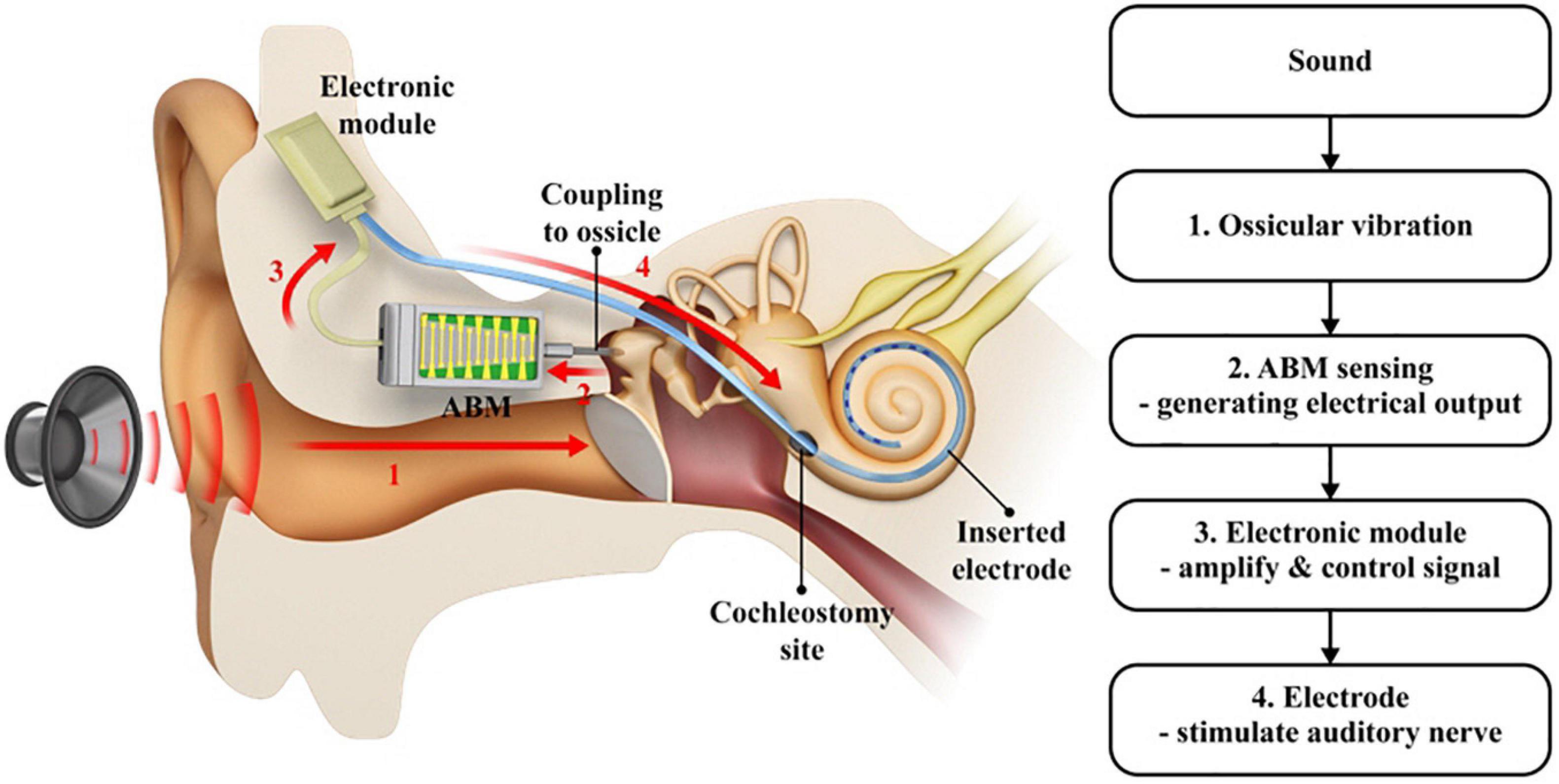




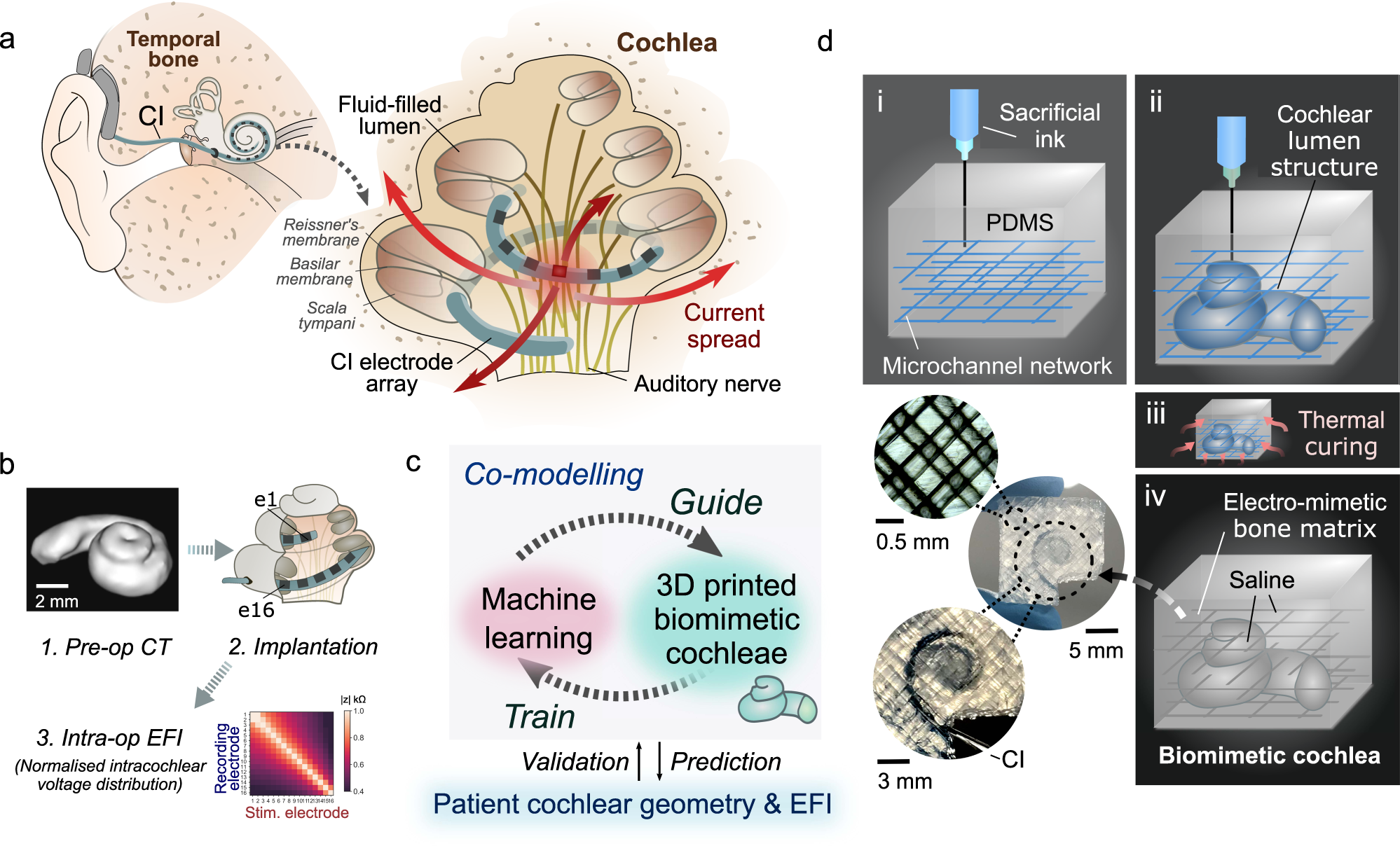



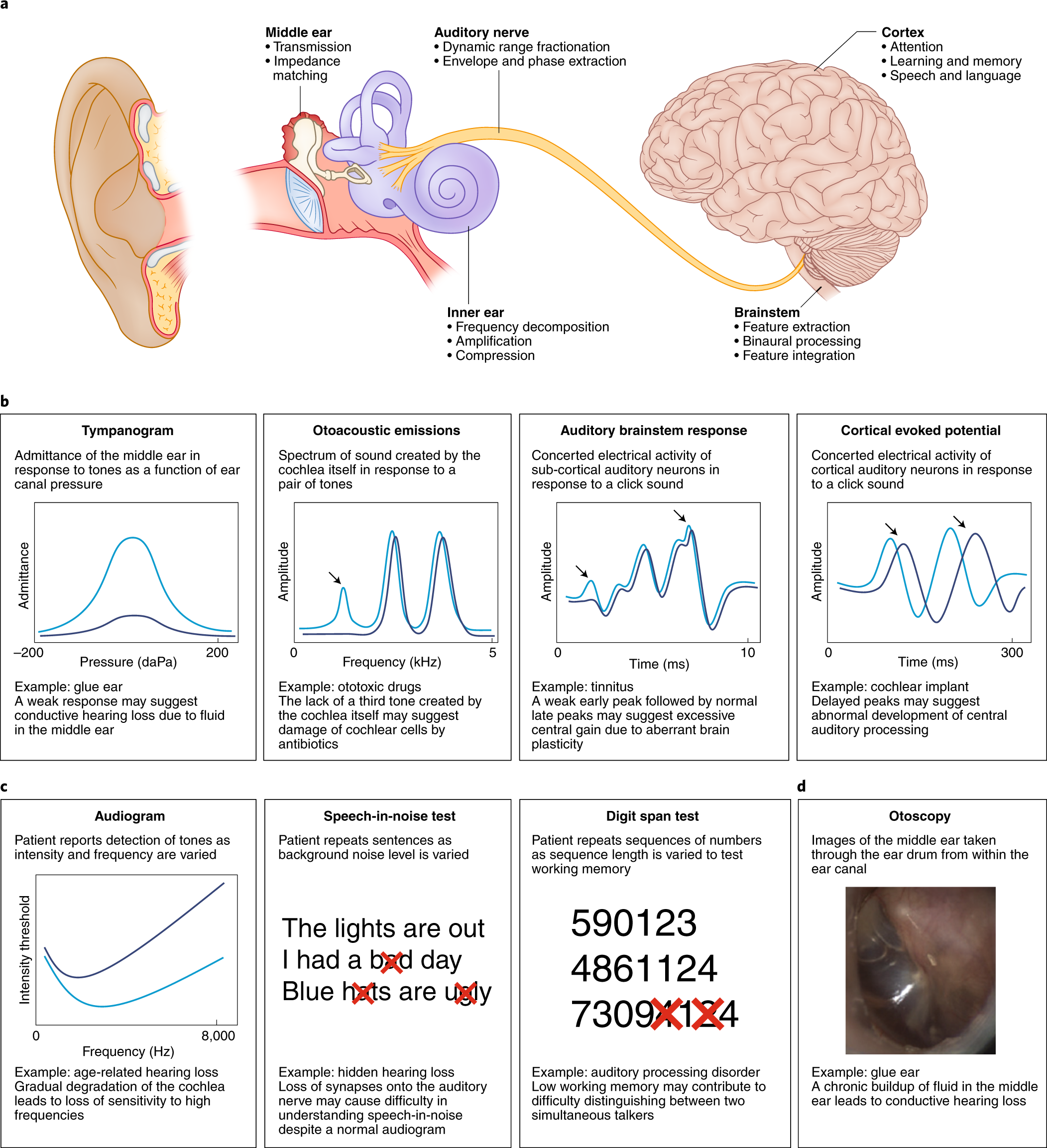

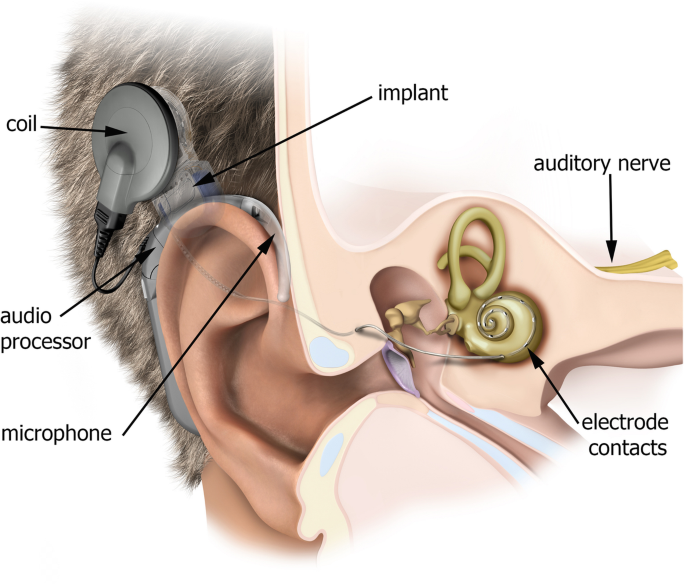
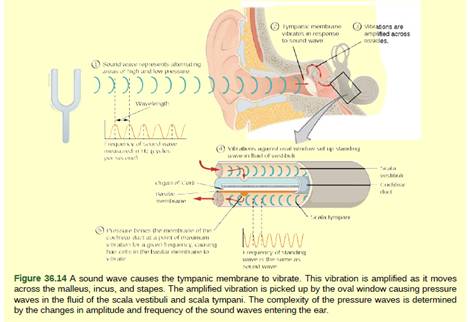


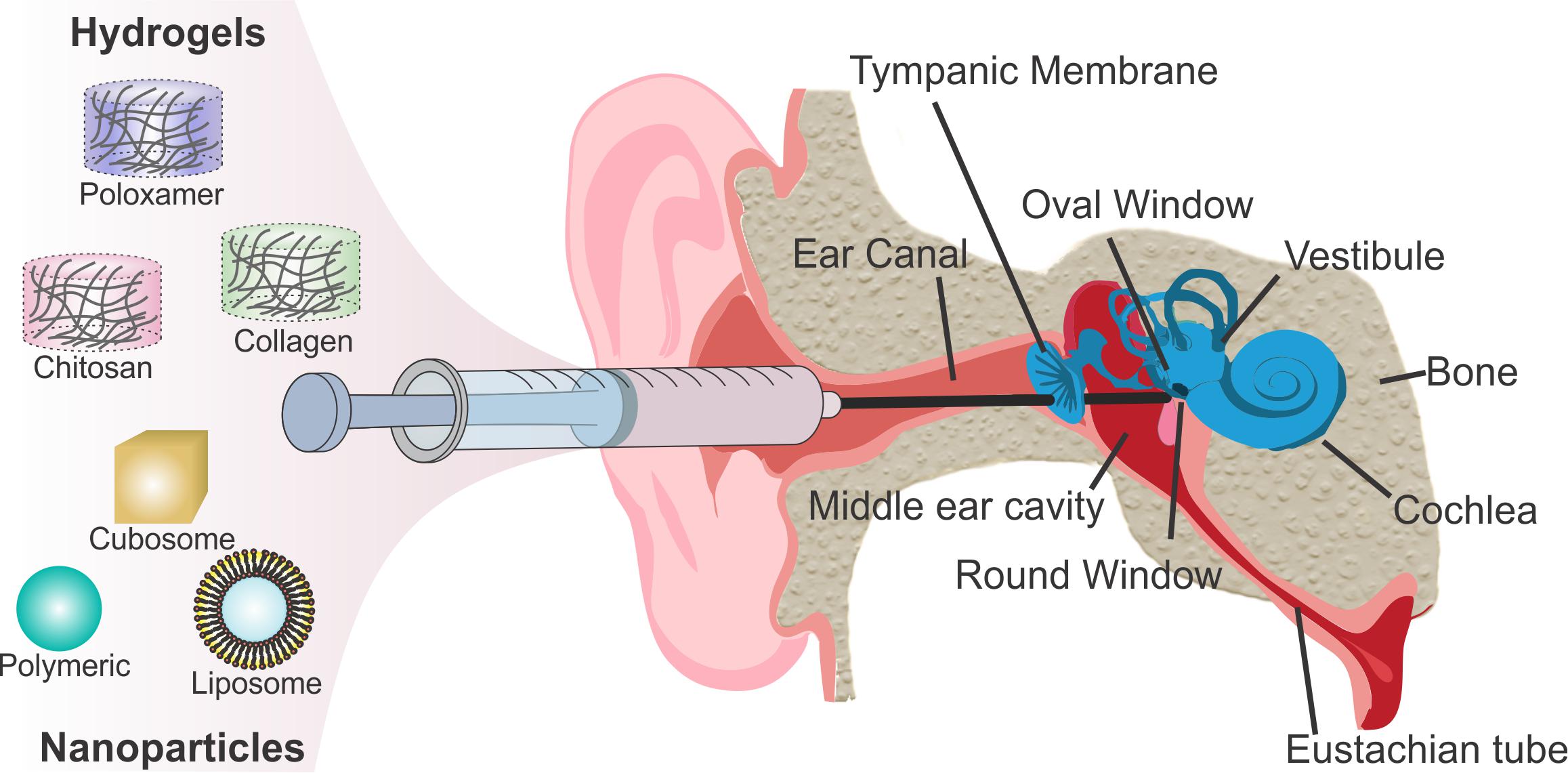


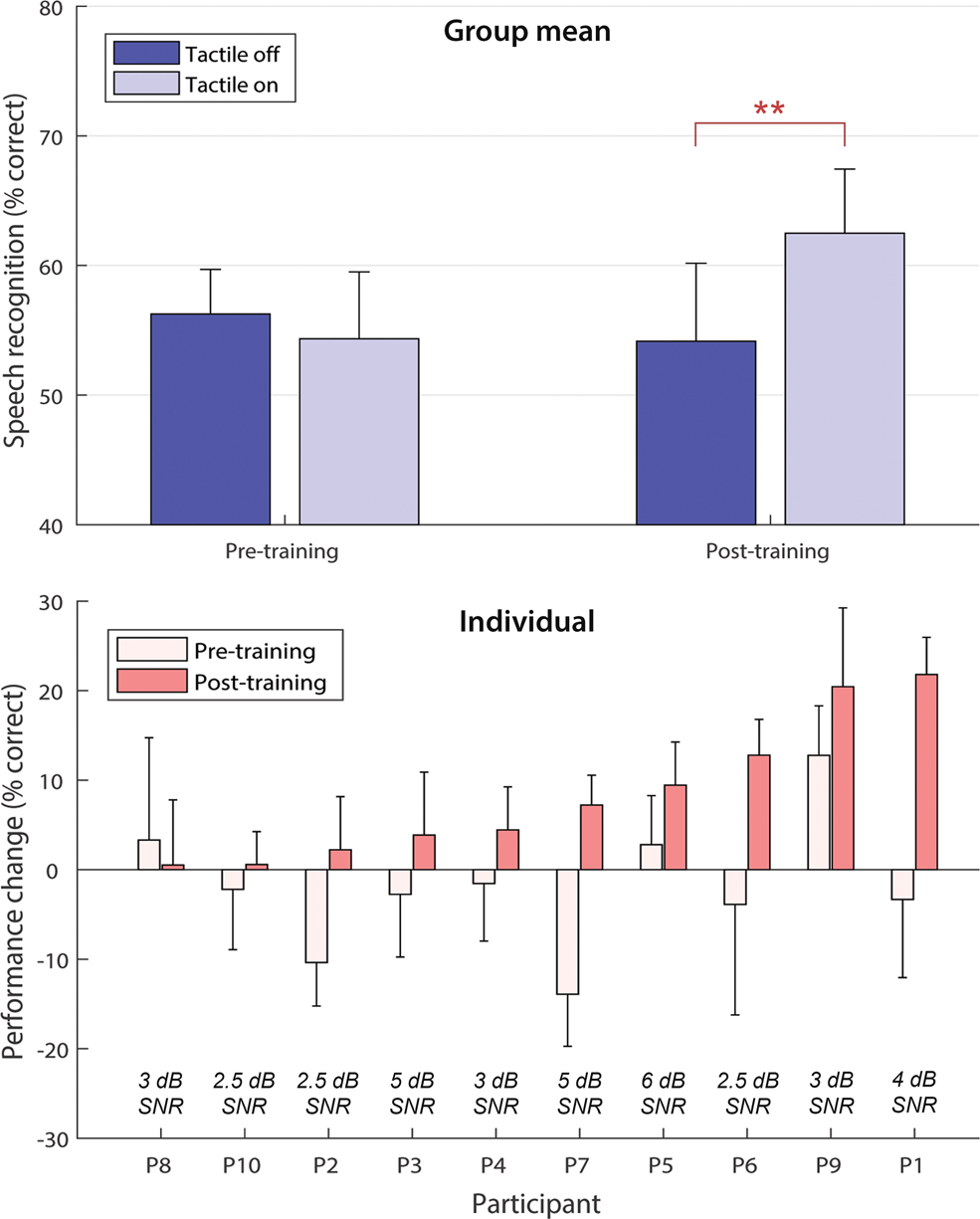
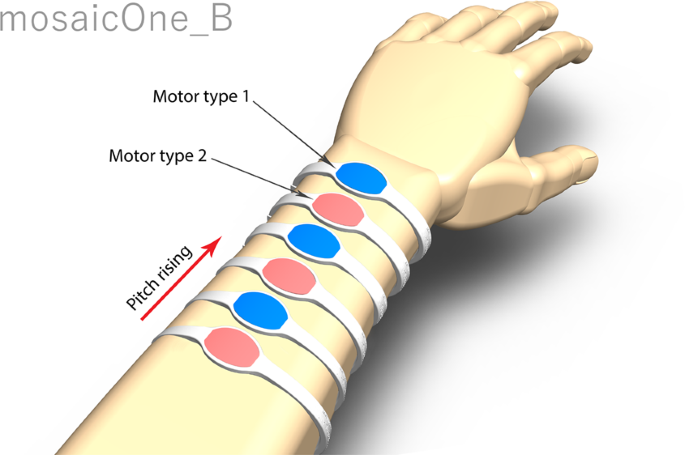




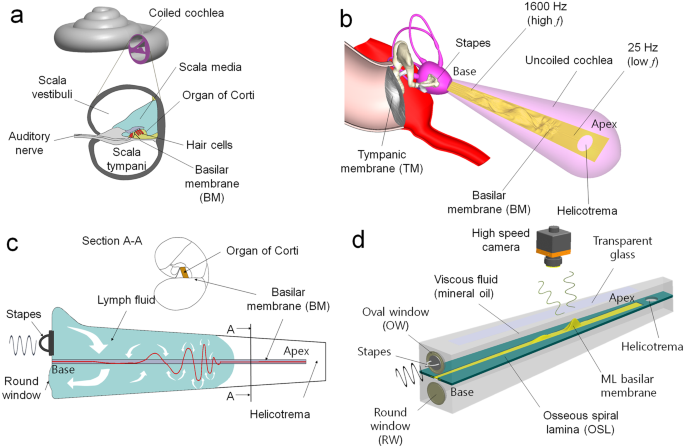

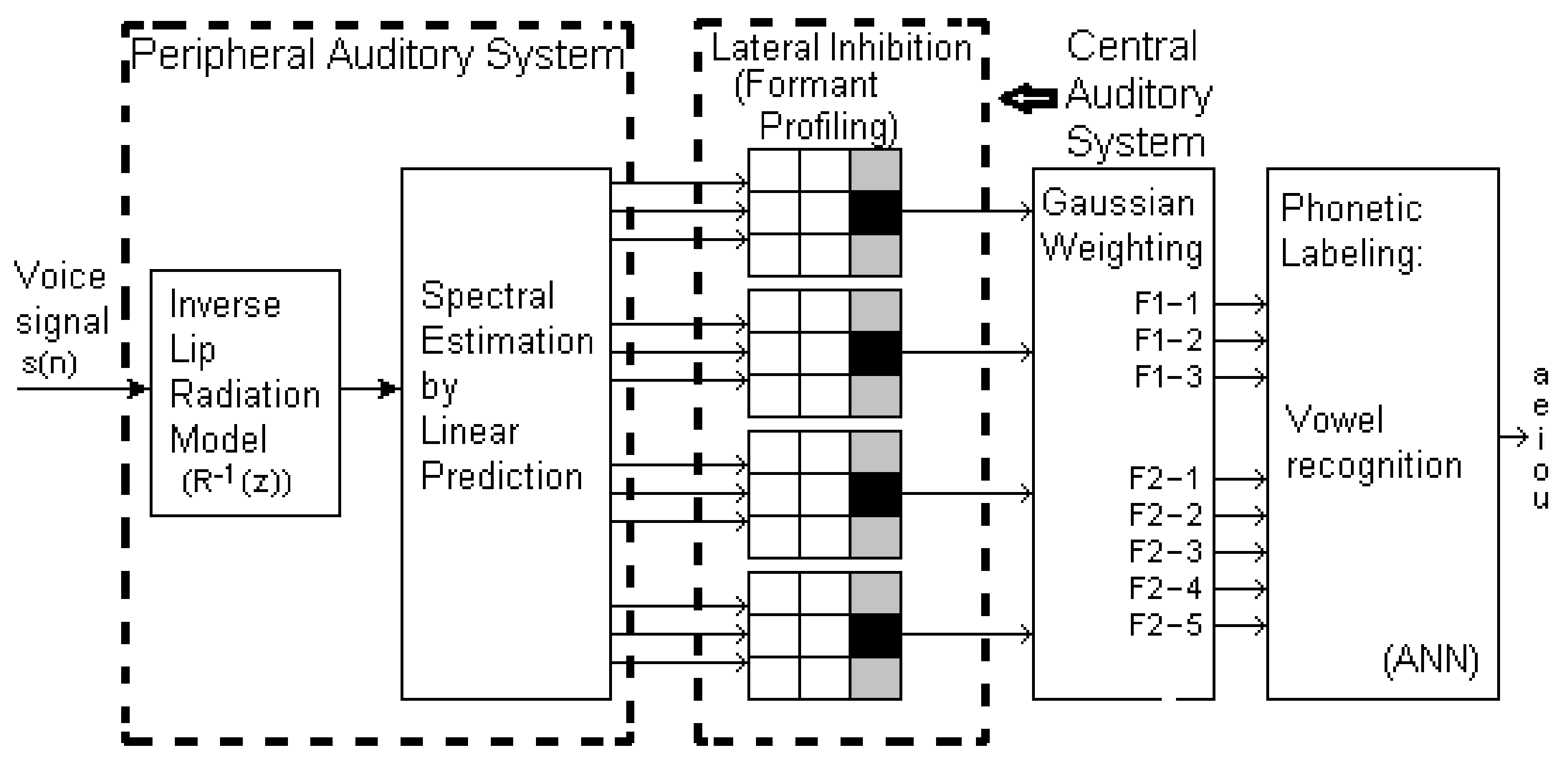

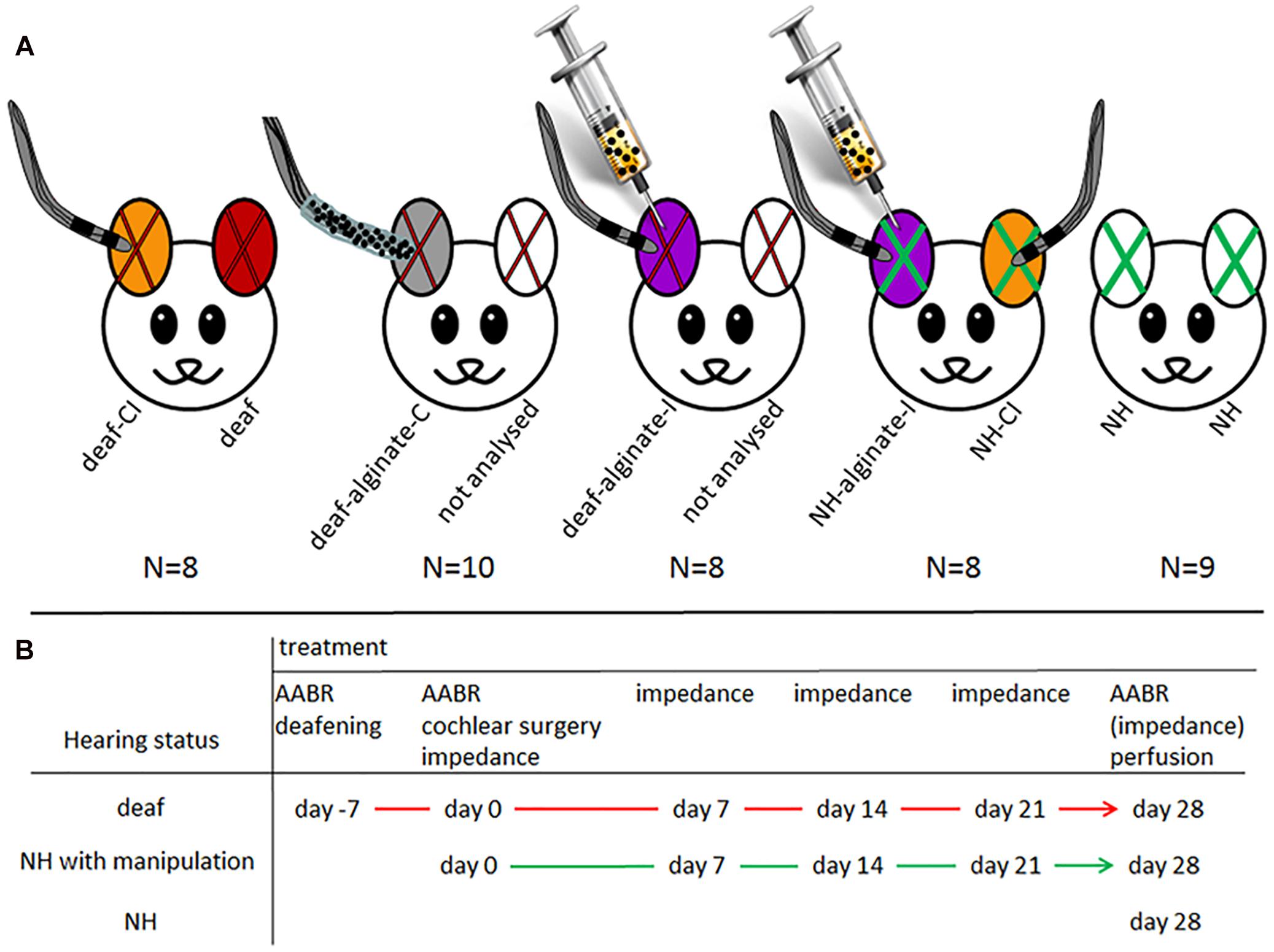
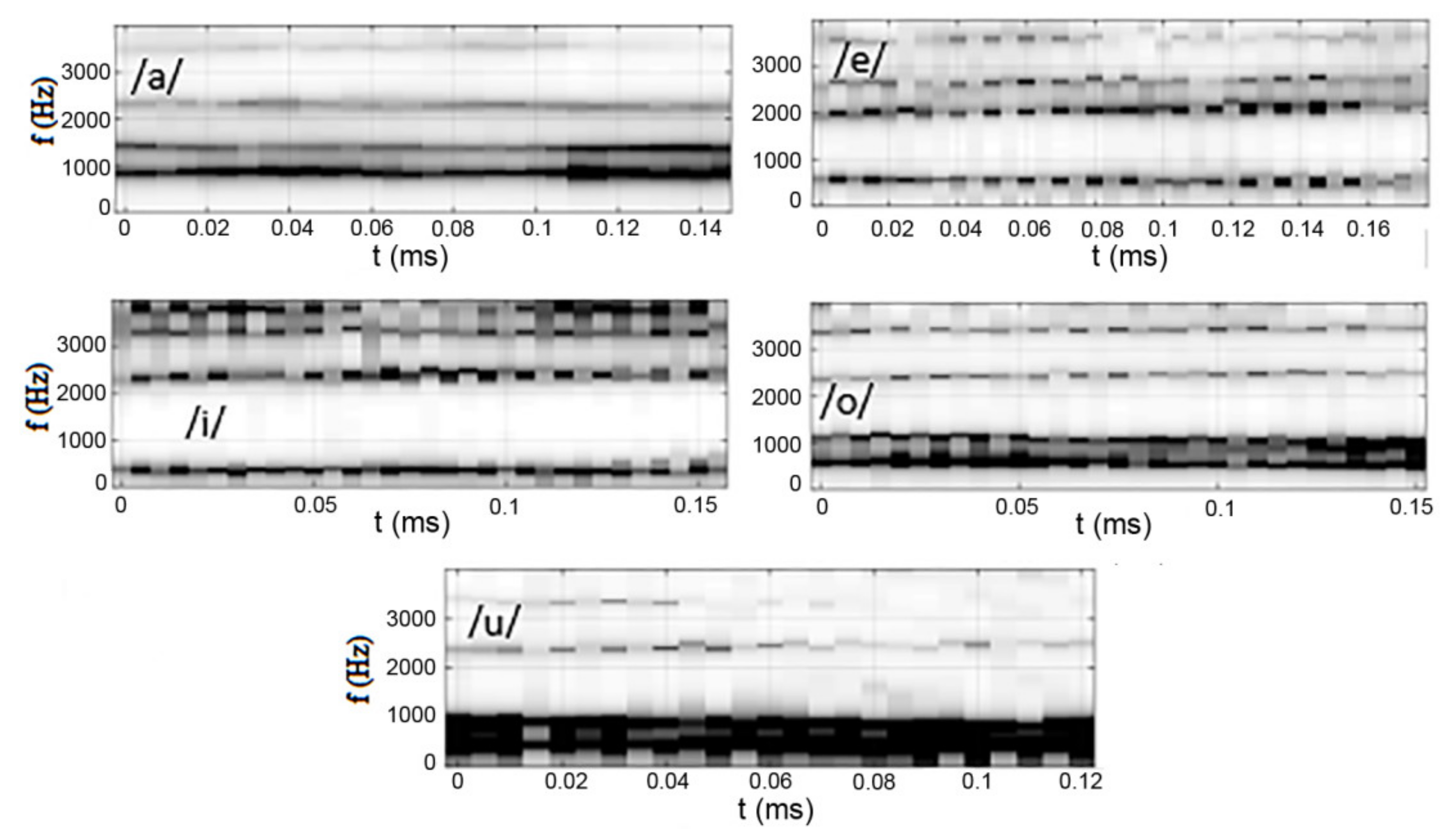
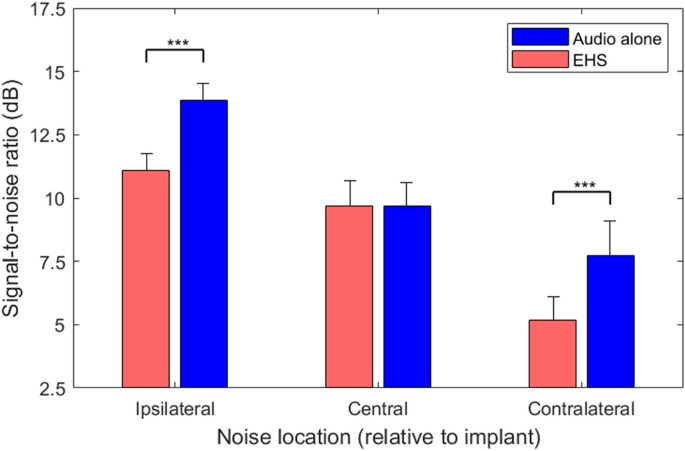

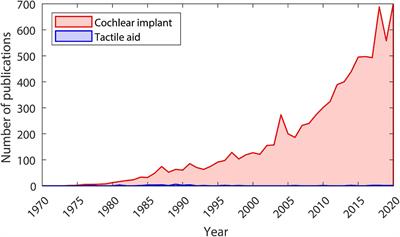
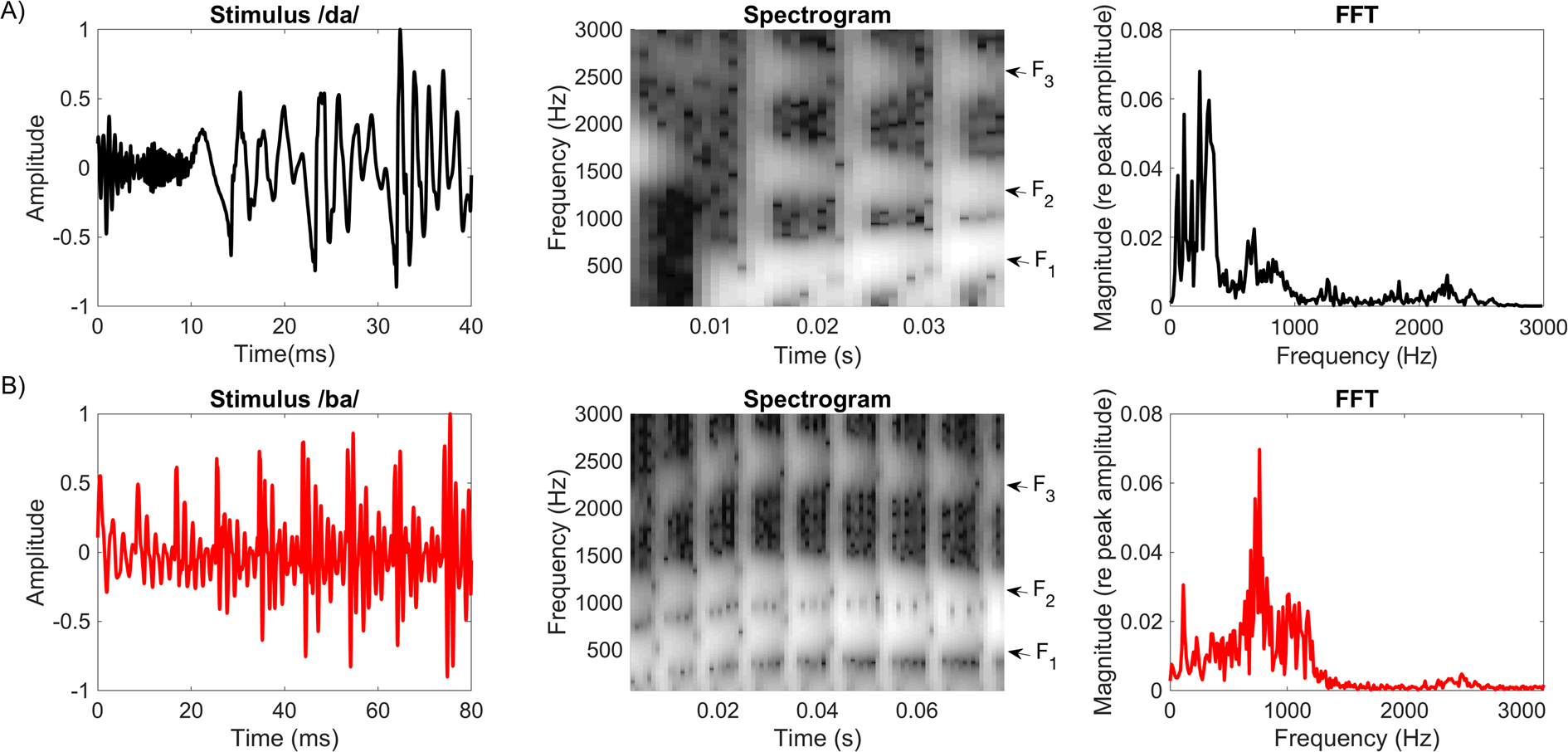



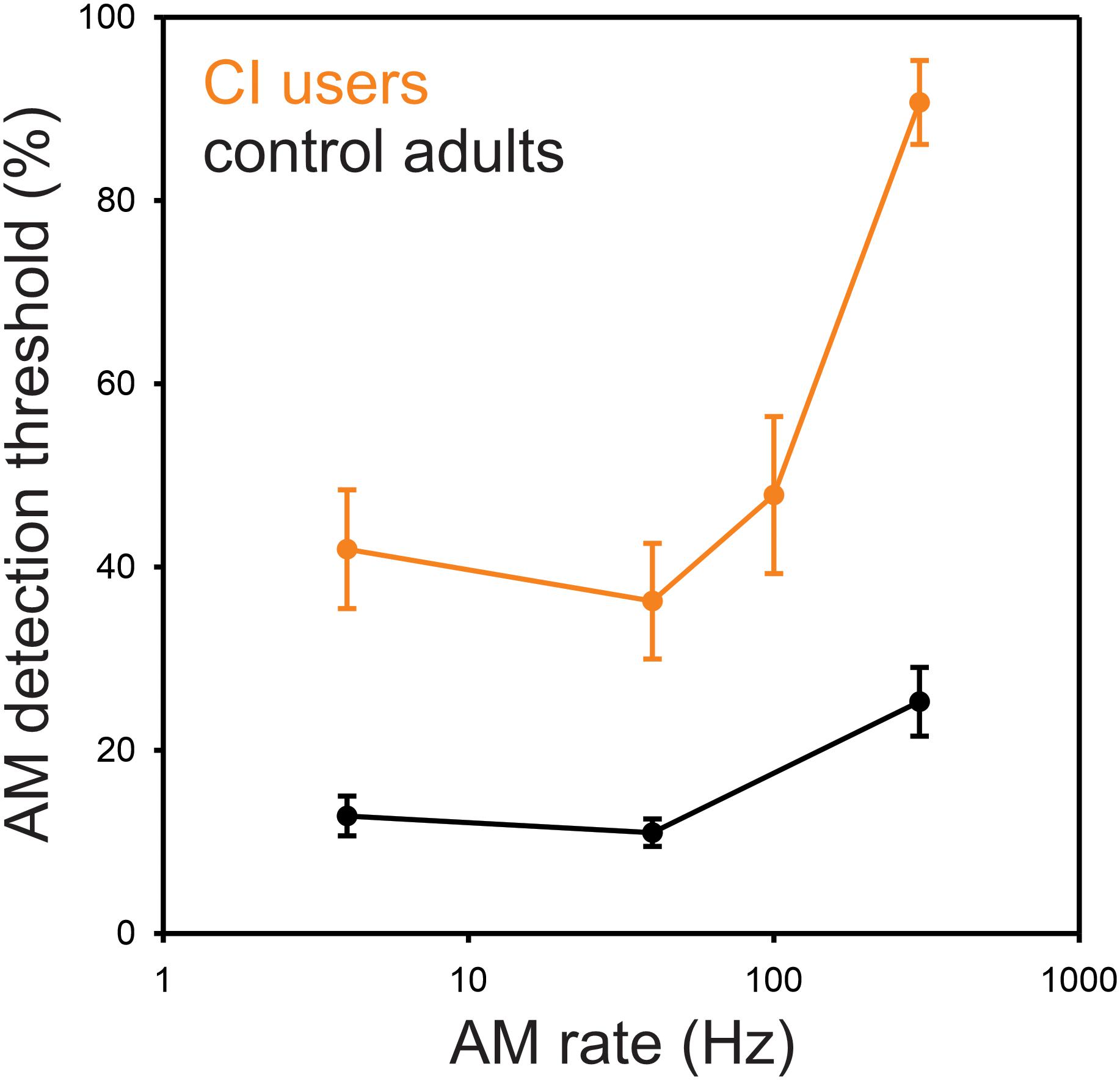
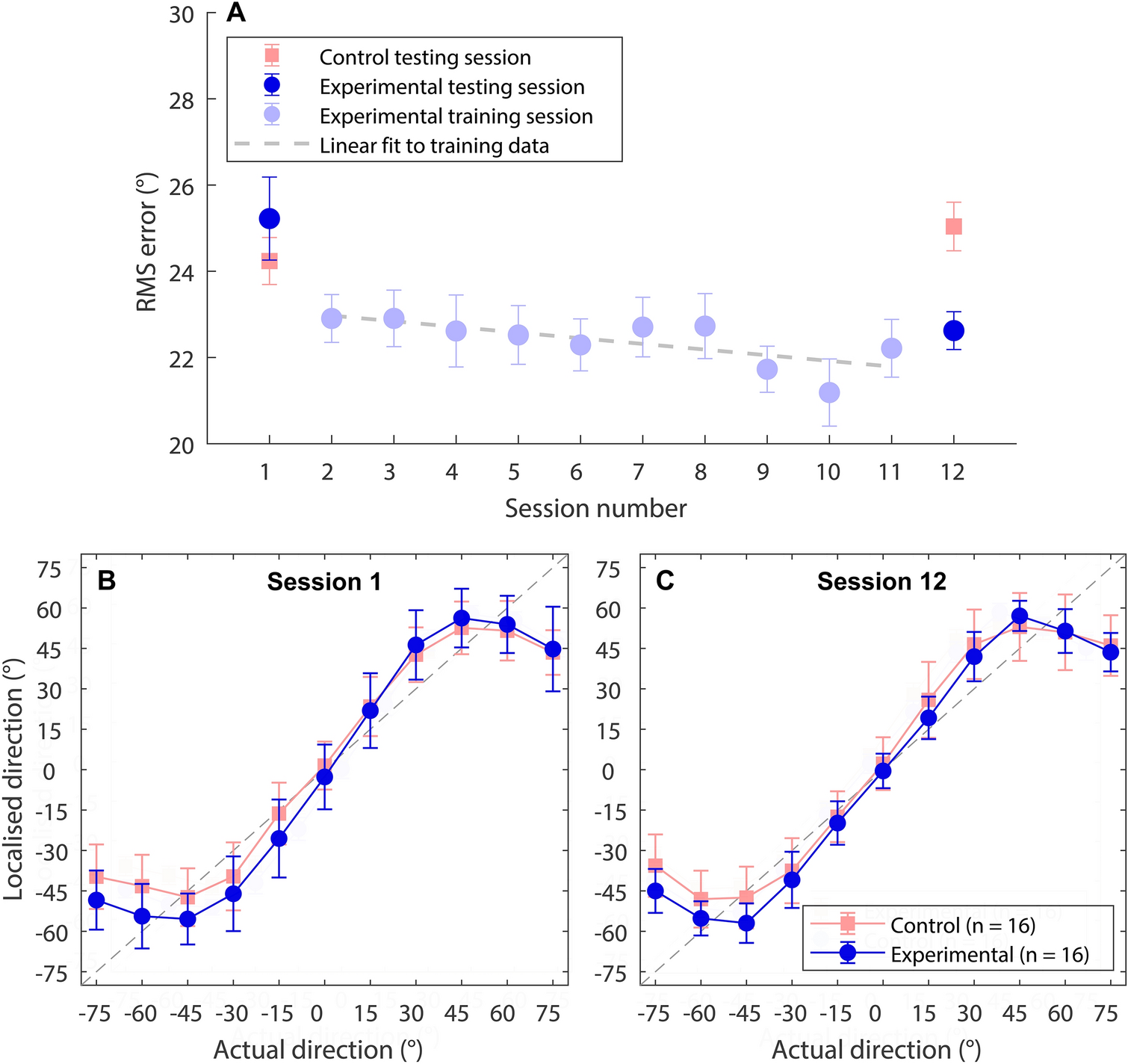


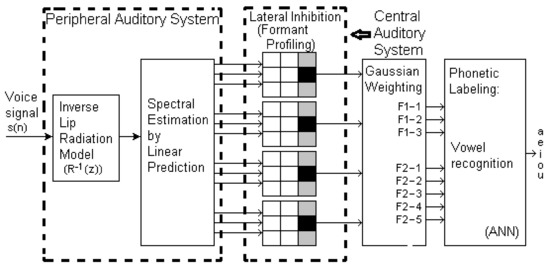
Post a Comment for "Cochlear Implants Are A Mechanical Means Of Reproducing Which Function Of The Auditory System?"